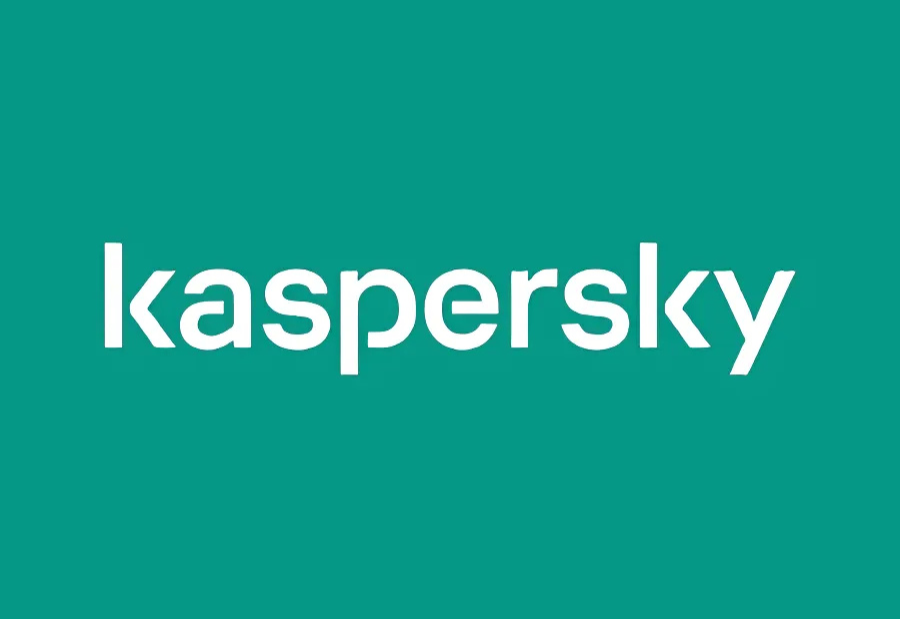With the release of fresh threat data and defensive tactics at its Cyber Insights 2025 symposium in Seoul, the international cybersecurity and digital firm Kaspersky expressed grave worries over the growing abuse of artificial intelligence (AI) in cyberattacks around Asia Pacific (APAC).
Experts from Kaspersky estimate that over 3 billion malware assaults occurred worldwide in 2024, with an average of 467,000 harmful files being found every day. The most commonly targeted systems were Windows, and the number of Trojans detected increased by 33% annually.
With a twofold rise in mobile financial threat victims and an increase in phishing attempts targeting cryptocurrencies, financial cybercrime has also increased globally. Threats against children and gamers also increased, as did deceptive software, such as phony VPNs. 45% of passwords might be broken in less than a minute, which is alarming.
Beyond volume, however, dangers are changing in kind, with AI in cybersecurity turning into a double-edged sword.
“Cybercriminals are leveraging AI to create phishing content, develop malware, and even launch deepfake-based social engineering attacks,” said says Vladislav Tushkanov, Machine Learning Technology Research Group manager at Kaspersky. He issued a warning about supply chain assaults using AI, LLM-native vulnerabilities, and the escalating issue of shadow AI—the unapproved usage of AI technologies by staff members that might expose private information.
Kaspersky researchers discovered malicious AI models stored on public repositories in one concerning instance, and generative AI systems in business settings are now susceptible to prompt injection, hallucination mistakes, and unsafe account management.
The event’s speakers also covered the need for next-generation SOCs (Security Operations Centers) to develop with AI integration for automation, detection, and reaction. Kaspersky’s proprietary AI-enhanced threat hunting and vulnerability management technologies were demonstrated live.
“AI is reshaping both the threat landscape and the defenses,” says Adrian Hia, Managing Director for Asia Pacific at Kaspersky. “To stay ahead, organizations need more than just tools, they need intelligent SOCs that combine automation, threat intelligence, and human expertise. That’s the foundation for resilient, AI-ready cybersecurity. At the end of the day, the winners in cybersecurity will be those who don’t just adopt AI, but secure it.”
Kaspersky urged companies to adopt AI-aware cybersecurity strategies, including:
- Security solutions to detect AI-powered malware and threats in the supply chain.
- Threat intelligence tools to monitor AI-driven exploits.
- Access controls and employee education to reduce risks from shadow AI and data leakage.
- Establishing a Security Operations Center (SOC) for real-time threat monitoring and rapid response.
An organization’s network and systems are monitored, detected, analyzed, and security issues are handled by a centralized command center, or SOC. In an increasingly complex threat landscape, you can improve your security posture, reduce risks, and secure sensitive data by investing in the proper people, technology, and resources. This will preserve your business continuity and reputation.
The international cybersecurity firm Kaspersky has created a variety of advisory services to assist businesses in establishing their own SOC, drawing on its expertise in security operations and contemporary security best practices.
Also read: Viksit Workforce for a Viksit Bharat
Do Follow: The Mainstream formerly known as CIO News LinkedIn Account | The Mainstream formerly known as CIO News Facebook | The Mainstream formerly known as CIO News Youtube | The Mainstream formerly known as CIO News Twitter |The Mainstream formerly known as CIO News Whatsapp Channel | The Mainstream formerly known as CIO News Instagram
About us:
The Mainstream formerly known as CIO News is a premier platform dedicated to delivering latest news, updates, and insights from the tech industry. With its strong foundation of intellectual property and thought leadership, the platform is well-positioned to stay ahead of the curve and lead conversations about how technology shapes our world. From its early days as CIO News to its rebranding as The Mainstream on November 28, 2024, it has been expanding its global reach, targeting key markets in the Middle East & Africa, ASEAN, the USA, and the UK. The Mainstream is a vision to put technology at the center of every conversation, inspiring professionals and organizations to embrace the future of tech.




